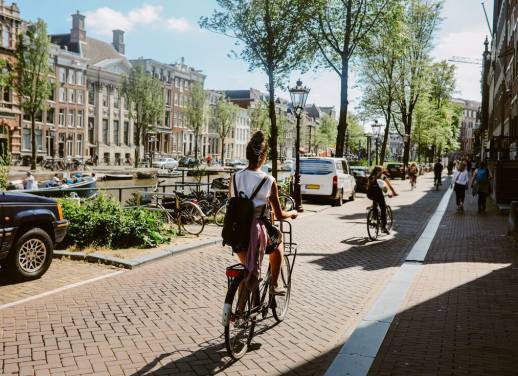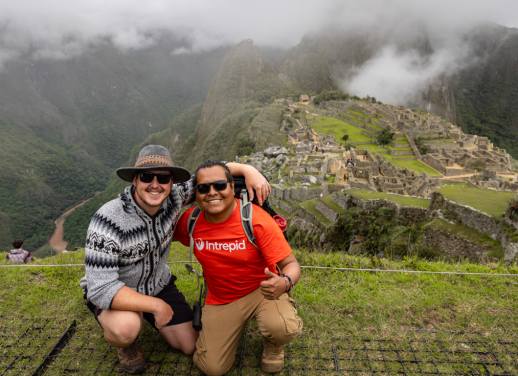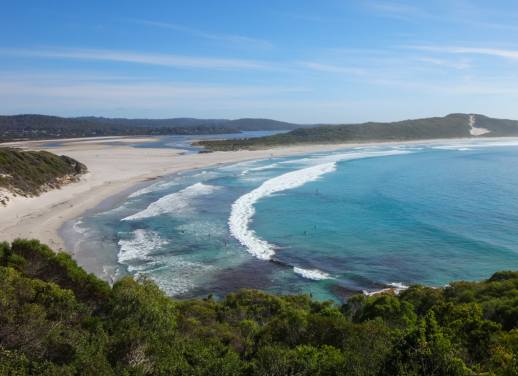Intrepid announced a new Climate Active Plan in October 2025. This reshapes our approach to carbon, including a step away from the Science Based Targets initiative and adopting new climate targets. You can view the new plan here.
In 2022, 145,795 travellers explored the world with us. That’s almost 300,000 footprints around the globe. Each traveller has an impact on the planet, which is why we’re always looking for ways to reduce our footprint. The first step in reducing our impact is understanding it. That’s what being a climate-conscious business is all about and that’s why each year we measure how much carbon our trips and business produce.
Last year, Intrepid emitted 27,898 tonnes of carbon. For perspective, that’s equivalent to the emissions from energy use in more than 3500 typical American homes per year – which is actually a fraction of the emissions generated by businesses in other parts of the travel industry. Having said that, we still have an impact and have committed to halving our emissions by 2030, which we are actively working towards.
Tallying this number is not easy, and the reality is that most travel companies don’t know what their number is. Which means most travellers don’t know either.
If you’re not a scientist like me, you might be wondering what all this actually means, so let’s break it down…
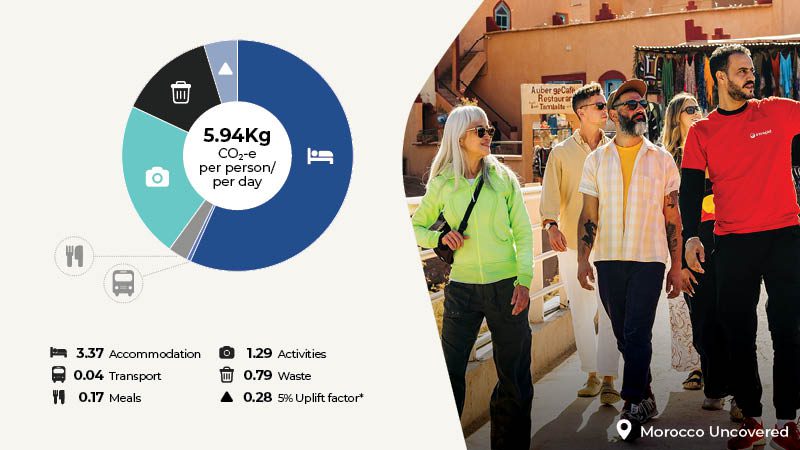
What we measure
At Intrepid, we analyse two key sources of emissions: from our trips and from our offices.
First, we analyse our trips to understand their environmental impact, from accommodation to transport, waste and activities.
For our offices, we measure emissions from day-to-day business covering electricity, gas, water, business flights, operational expenses, transport and waste, and even emissions produced by staff working from home.
While we’ve been measuring our emissions since 2010, we recently redeveloped and improved the method we use. Why? Most simply, it’s good practice. But more importantly, as signatories to the Science Based Targets initiative, we are constantly evolving the way we track and report in line with the latest climate science.
In practice, this meant our data collection has become broader and more granular. This allowed us to really crunch the numbers on our three most popular trips in 2022, which you can see below. What we uncovered was that the difference in emissions between them mostly comes down to transport and accommodation.
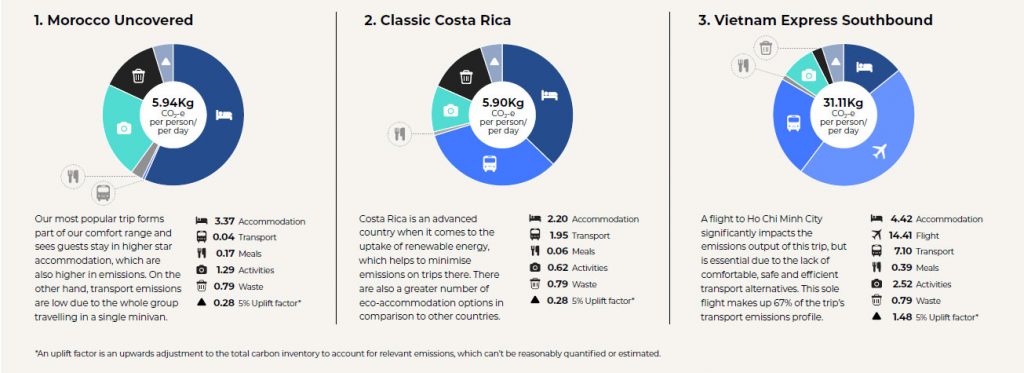
On Morocco Uncovered – a top-selling Comfort trip – accommodation has the larger footprint among the three trips, as guests stay in hotels and guesthouses with additional amenities, which often means higher emissions. On the other hand, transport emissions are low thanks to the whole group travelling in a single minivan. This keeps the overall emissions profile of the trip on the lower side.
On Classic Costa Rica, there are a greater number of ‘eco-friendly’ accommodation stays. Plus, the country has a high uptake of renewable energy, which helps to reduce emissions on all our trips there.
At the other end of the spectrum is Vietnam Express Southbound. A sole flight included in this itinerary accounts for 67% of the trip’s transport emissions profile. This means it has a far greater footprint than its other bestselling counterparts.
What we do with the data
Once I have this data, I sit down with Intrepid’s General Managers to create individual decarbonisation plans for their offices and countries. This year I’ve already met with 30 of our senior business leaders around the world.
This individualised approach is important as each country is at a different stage of their sustainability journey.
For example, in South Africa, the team will install solar panels at our office this year. This will not only reduce emissions, but also improve energy security, which is a major issue in the country.
In Nepal, where the rapidly growing population is contributing to a waste management crisis, our team is growing a partnership with a local NGO to improve their recycling practices.
Beyond our offices, our data tells us that 98% of our emissions are created via our suppliers – other businesses such as hotels, airlines, digital suppliers like cloud storage providers and more. Understanding this allows us to engage with our largest suppliers around the world to share best practices and support their efforts to start measuring their own impact. This is a priority in 2023.
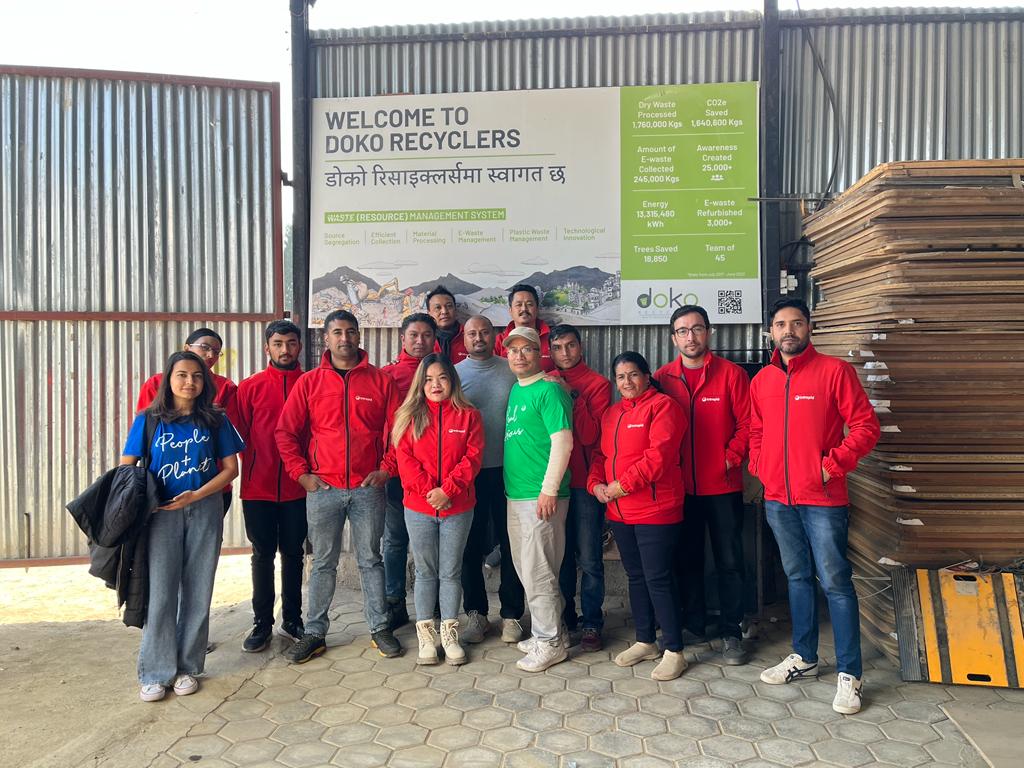
Why it matters
Now you have snapshot of what our carbon journey looks like in practice.
You know that Intrepid emitted 27,898 tonnes of CO2-e last year and you also know some of the steps Intrepid is taking to decarbonise. These insights will support Intrepid as we continue to build a better business for a 1.5C future.
I know that data isn’t the juiciest topic, but it matters – not just for me, but for all of us global travellers.
I want our travellers to be assured that every part of their Intrepid tour has been carefully considered. And that while you are off having the trip of a lifetime, behind the scenes we are working hard to build a more climate-conscious future for the entire travel industry.
Together, we can help change the expectations around transparency and hold the travel industry accountable for measuring our emissions and making bigger strides to reduce them.
Our adventures do not have to come at the cost of the planet.
To learn more about these efforts, read our full 2022 Impact Report.


